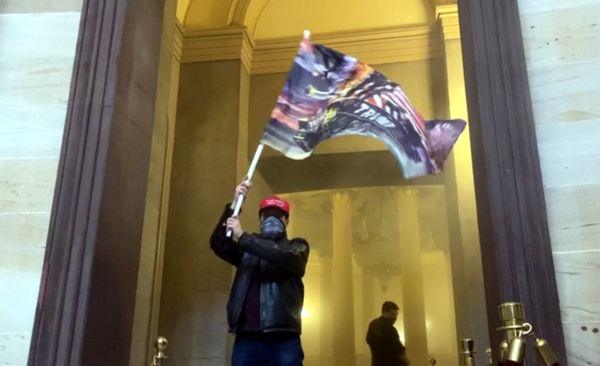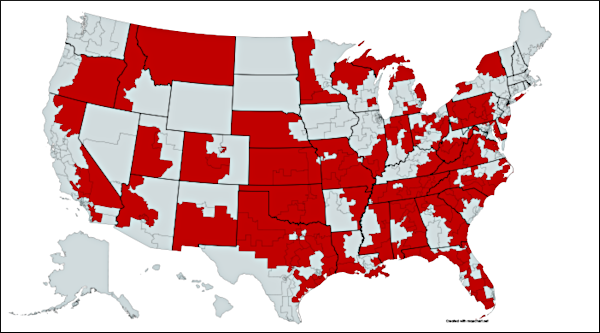[S]omething unexpectedly profound happened: a deus ex machina that lifted the curse of Trump from the careers of conservative war hawks and right-wing young lions, whose ambitions until yesterday had been fettered by the presidential cult. Today was the signal for a long-awaited prison break. . . . the Republican Party has just undergone an irreparable split. By the White House’s Fuhrerprinzip standards, Pence, Tom Cotton, Chuck Grassley, Mike Lee, Ben Sasse, Jim Lankford even Kelly Loeffler are now traitors beyond the pale. This ironically enables them to become viable presidential contenders in a still far-right but post-Trump party. . . . the True Trumpists have become a de facto third party, bunkered down heavily in the House of Representatives. As Trump embalms himself in bitter revenge fantasies, reconciliation between the two camps will probably become impossible, although individual defections may occur. Mar-a-Lago will become base camp for the Trump death cult which will continue to mobilize his hardcore followers to terrorize Republican primaries and ensure the preservation of a large die-hard contingent in the House as well as in red-state legislatures. (Republicans in the Senate, accessing huge corporation donations, are far less vulnerable to such challenges.)
Tomorrow liberal pundits may reassure us that the Republicans have committed suicide, that the age of Trump is over, and that Democrats are on the verge of reclaiming hegemony. Similar declarations, of course, were made during vicious Republican primaries in 2015. They seemed very convincing at the time. But an open civil war amongst Republicans may only provide short-term advantages to Democrats, whose own divisions have been rubbed raw by Biden’s refusal to share power with progressives. Freed from Trump’s electronic fatwas, moreover, some of the younger Republican senators may prove to be much more formidable competitors for the white college-educated suburban vote than centrist Democrats realize. In any event, the only future that we can reliably foresee – a continuation of extreme socio-economic turbulence – renders political crystal balls useless.
-- Mike Davis in the New Left Review's new Sidecar blog, January 7, 2021



